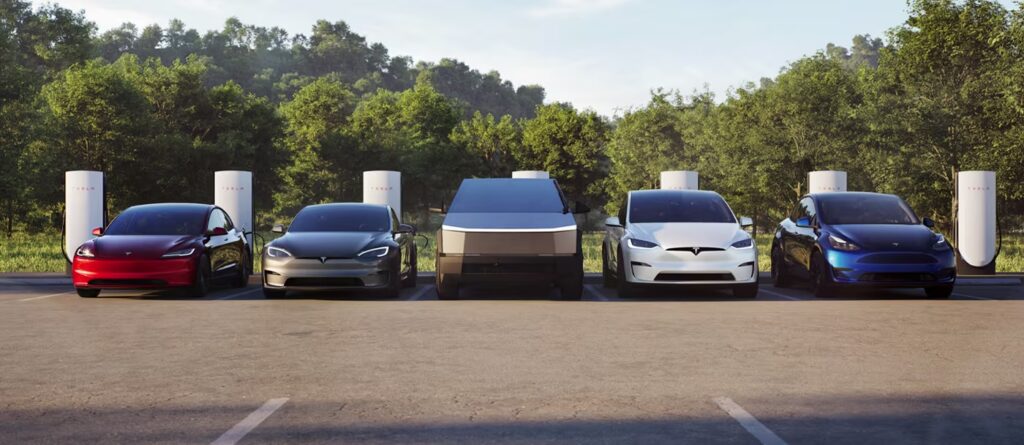
Tesla to Cut Sentry Mode Power Usage by 40% with Update
Tesla is set to significantly reduce the power consumption of its Sentry Mode feature, aiming for a 40% decrease in an upcoming Q2 software update.
This announcement came from Drew Baglino, Tesla’s Senior Vice President of Powertrain and Energy, in response to a user query on X. The question, posed by Joseph Bella on February 14, highlighted concerns over the “vampire drain” effect when Sentry Mode is active.
Sentry Mode, available in certain markets and Tesla models, acts as an advanced security system, utilizing the vehicle’s cameras and sensors to monitor and record suspicious activities around a parked Tesla. When a potential threat is detected, the system can activate the car’s headlights, sound an alarm, and display a warning message on the touchscreen, alerting passersby that recording is in progress. Additionally, the Tesla mobile app notifies the owner, and event footage is saved to a USB drive, provided one is installed.
Agreed, sentry mode power consumption needs improvement, the team is working to reduce by ~40% in a Q2 software update.
— Drew Baglino (@baglino) February 22, 2024
Despite its benefits, Sentry Mode’s continuous operation has been noted to significantly drain the vehicle’s battery, prompting Tesla to seek improvements. Baglino’s reply yesterday confirms that Tesla is addressing these concerns, with the team working diligently to enhance the feature’s efficiency.
Tesla executives have been replying to customer questions on X lately, specifically involving the new Model 3 refresh. Some tidbits shared include the addition of two mics for phone calls now to reduce echoing, while the car now using unique shock absorbing tech to reduce shake frequencies in the human belly, without losing response in steering.
This update is particularly relevant for Tesla owners who rely on Sentry Mode for vehicle security, offering peace of mind without the drawback of excessive power consumption. Tesla owners have long had to turn off Sentry Mode when parking their cars long term, as the feature does use considerable battery overnight for example if left on and their cars are not charging.


